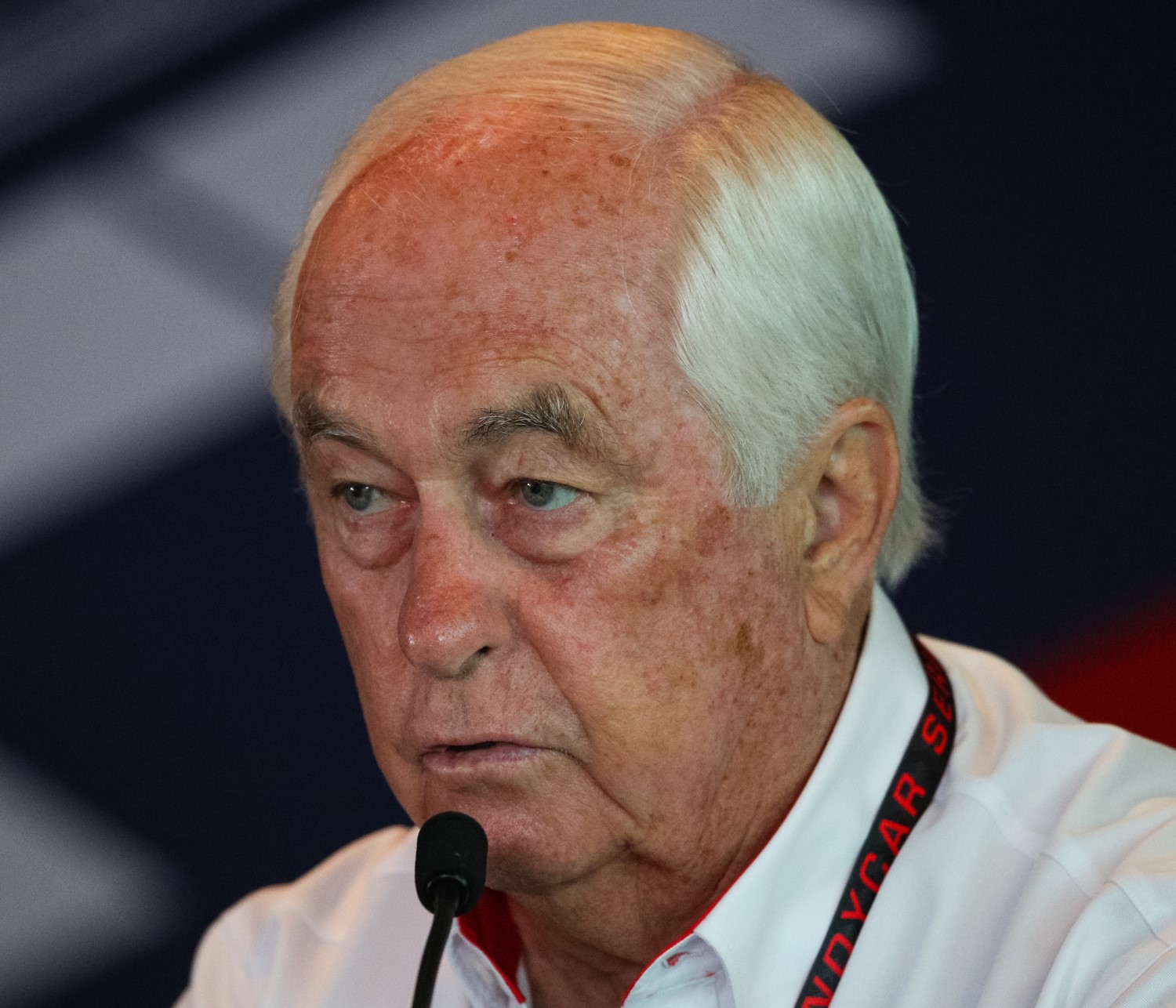Detroit GP loses over $1M every year, does it have a future after 2018? (Update)
 |
| Roger Penske has so much money that losing over $1M per year on the Detroit races is a drop in the bucket to him. |
As he announced an estimated weekend attendance of 100,000 for the Chevrolet Detroit Grand Prix presented by Lear, Bud Denker was emphatic that the Verizon IndyCar Series event will continue to be a staple on the schedule.
“We plan to have it here for many, many years to come," Denker said Sunday evening after the second series race of the weekend concluded on the temporary street course at Belle Isle Park.
Denker is chairman of the grand prix and point man for the event promoted and operated by Verizon IndyCar Series team owner Roger Penske’s organization. The Penske group returned Indy car racing to the island in the Detroit River in 2007 following a six-year absence and it has settled into its slot the week following the Indianapolis 500 since 2012.
This marked the fifth straight year that the Chevrolet Detroit Grand Prix featured two Verizon IndyCar Series races – one on Saturday and the other on Sunday. Paired with other series including the IMSA WeatherTech SportsCar Championship and stadium super trucks, it made for a full three days of on-track action.
Estimated attendance has remained steady in recent years, with a high of 110,000 in 2014 and 95,000 a year ago. The event is unique in that the vast majority of fans must park in downtown Detroit or across the border in Windsor, Ontario, and be bused to Belle Isle due to limited parking available on the island. So Denker was pleased with this year’s 100,000 attendance figure.
“Those are great numbers," he said. “In fact, people say, ‘How many would you like here?’ I think that’s a perfect number for us because that way the people, when they leave the island, aren’t waiting for three hours to get a bus off of here."
Denker is just as proud of the positive image of a resurgent Detroit that the grand prix exudes through national media coverage, as well as the economic impact of the event for the city and Belle Isle itself. Denker said more than $40 million was spent in the Detroit area by fans, teams and officials attending the event this year.
He also pointed to more than $13 million in island infrastructure improvements made by Penske Corp. and its partners in the last eight years. In addition, more than $3 million has been raised in the last five years for the Belle Isle Conservancy, including $700,000 at Friday’s Prixmiere gala.
“Those things are all great by products of having the race here," Denker said. “The positive nature of what we do here is what I enjoy so much about it. Bringing the public-private sector together is pretty magical."
Detroit is one of just four North American cities hosting an urban street-course event on the 2017 Verizon IndyCar Series calendar – a luxury Denker said made his city “pretty fortunate." He cited date equity – having the race scheduled at the same time each year so fans can rely on when it is – as a crucial element to sustained success.
“When you have an event here every year, it’s date equity," Denker said. “When you have a Super Bowl here every 30 years, that’s not date equity. You can count on this event being here (annually) and that’s what we’ve got to have." IndyCar.com
06/05/17 The sixth annual Verizon IndyCar Series Chevrolet Detroit Grand Prix had as many as 100,000 fans in attendance for two races at Belle Isle this past weekend and "produced a good show for race fans and the curious," according to Gregg Krupa of the DETROIT NEWS.
MEASURING SUCCESS: Grand Prix organizers feel that the race is a success because it "draws money to the economy" of Detroit and "helps finance the improvement of Belle Isle."
